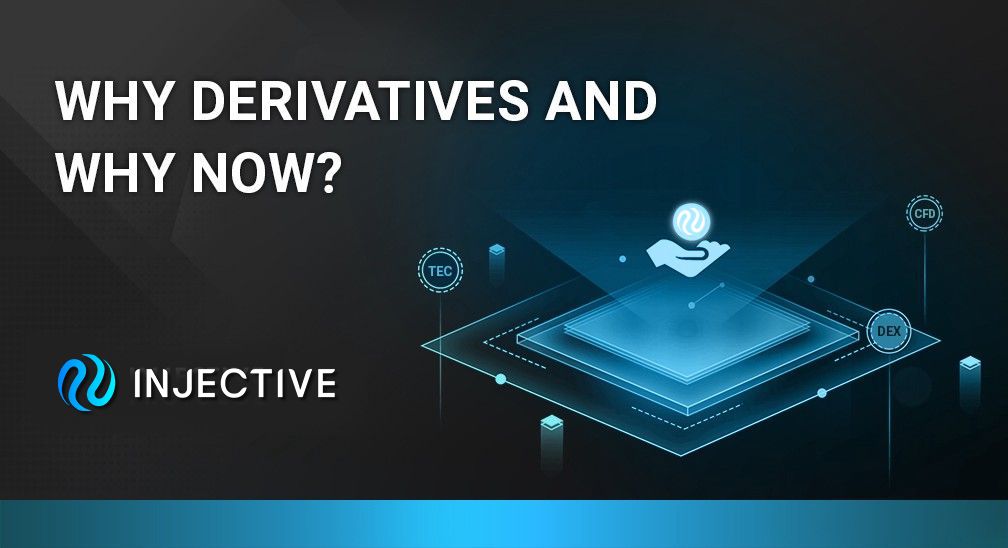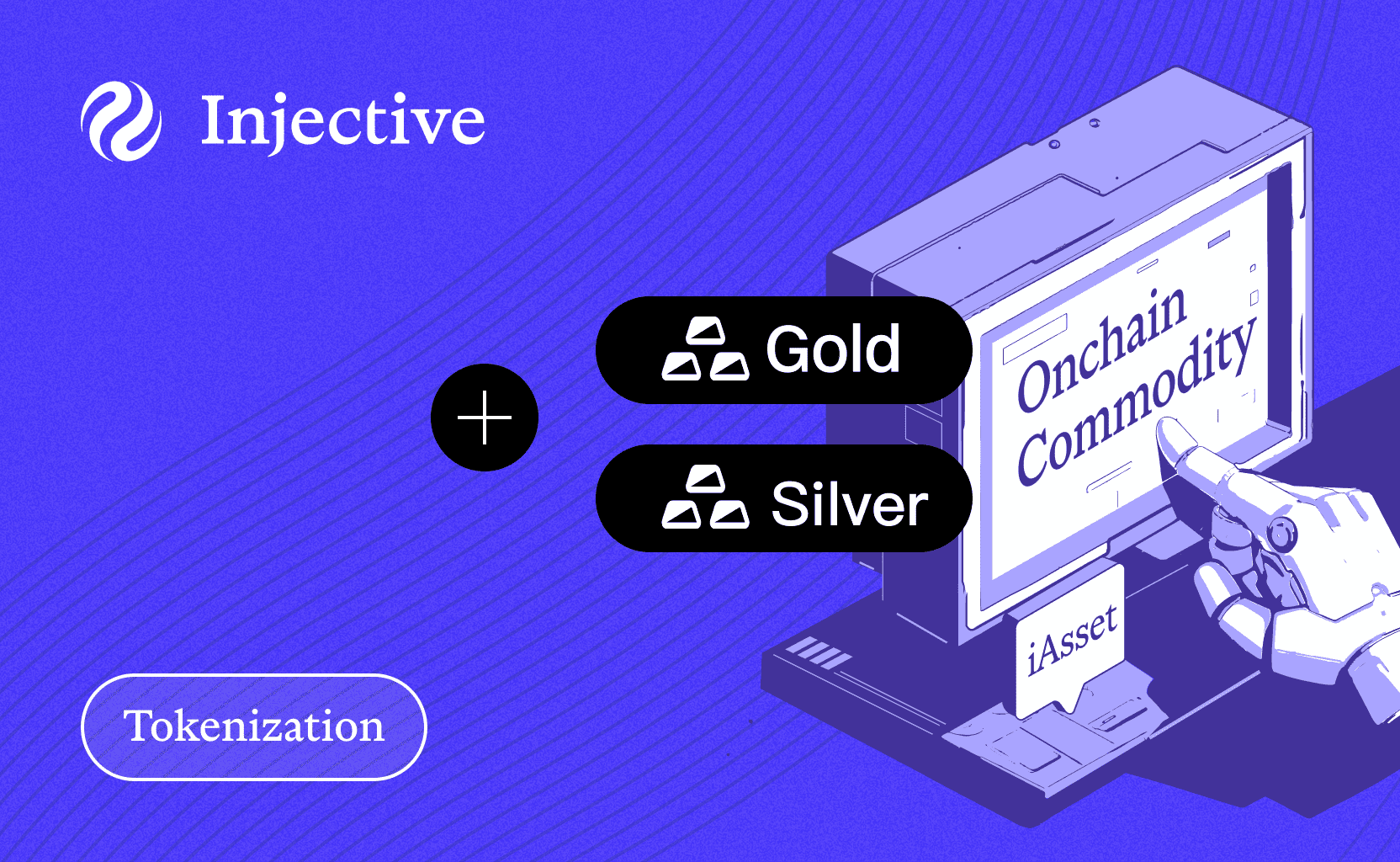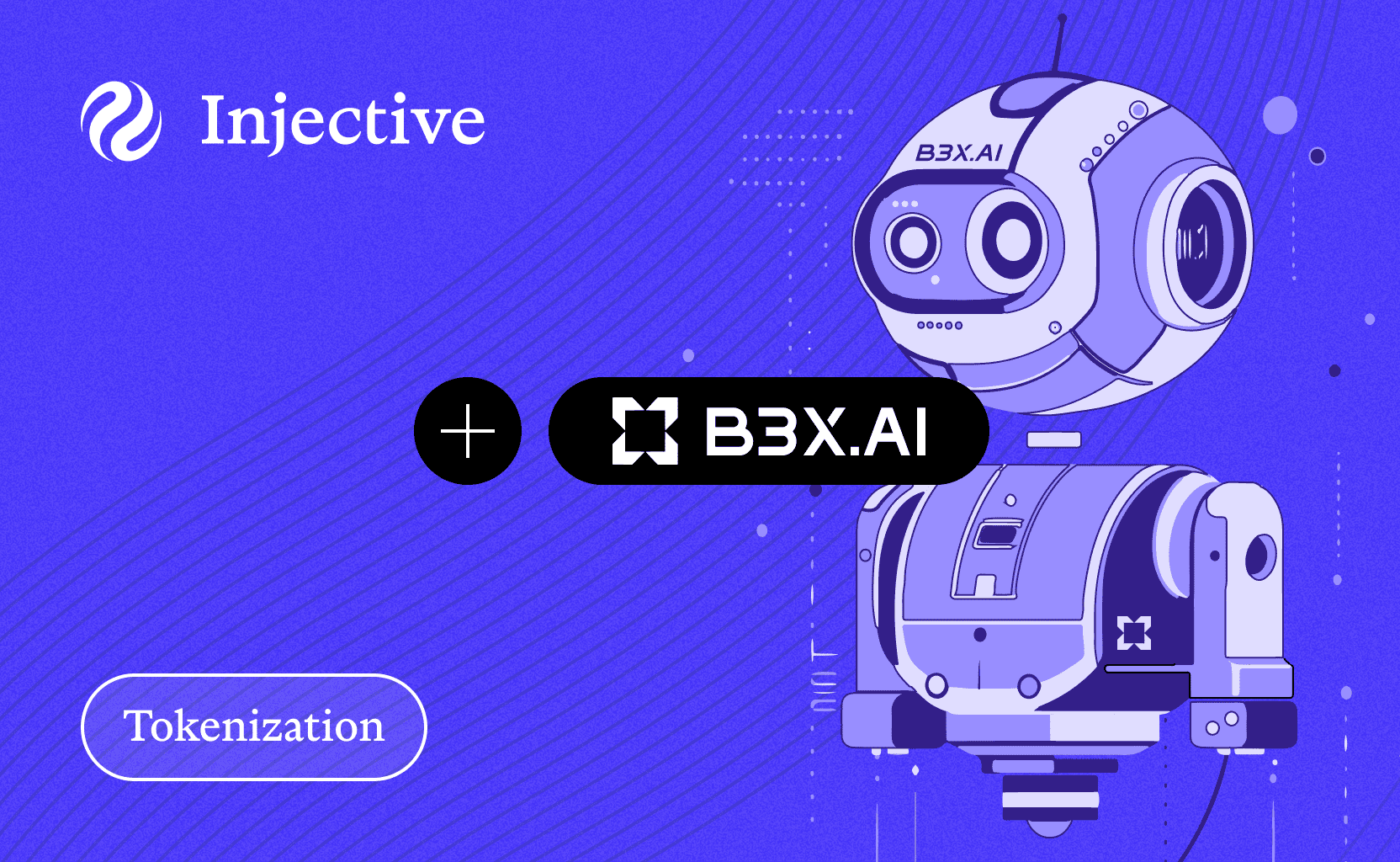Background
The digital asset derivatives market began to take shape in 2017. The following year, derivatives trading volume increased by 1,000%+ as the price of Bitcoin and other digital assets plunged from 2018 peaks. As a result, individuals and companies looked to profit and capitalize on this opportunity derivative products. Yet, there were very few sufficient tools available to traders who wished to hedge against an overall market decline.
In 2020, enthusiasts are witnessing a boom in derivatives trading within the crypto space. According to data analytics company, Crytpocompare, the trading volume of cryptocurrency derivatives markets soared to a record-high $607 billion in May of 2020, signaling that the derivatives market is here to stay.
Decentralized Finance and Derivatives
Decentralized finance (DeFi) has been a a growing topic of interest over the past few years, and the combination of DeFi alongside a booming derivatives market is something that many are keen to watch. Over the past 365 days, the market has grown from a trading volume of around 2.5 billion dollars to one that is over 21 billion dollars.
According to a recent report by Messari comparing the year-to-date returns of decentralized exchange (DEX) tokens and centralized exchange tokens, Messari discovered that DEX tokens outperformed the latter by an average of 500%. This demonstrates the immense and inevitable growth of the DeFi space and cryptocurrency trading. There is perhaps one of the best times to innovate within this space given high volume of potential users in the sector.
However, despite their popularity and massive worldwide volume, derivatives are highly regulated by financial markets globally. Additionally, there has been little creativity and innovation in this space. This has been the result of the mainstream idea that users of certain markets, such as ETH/BTC, will still use the more liquid CEX, resulting in a lack of DEX users and liquidity. Thus, users are missing out on the opportunities and innovation DEXes offer when it comes to trading decentralized derivatives on the blockchain. Furthermore, with diversified products and trading markets, the potential for expanding trading capacity is tremendous.
Introducing Injective Protocol
Derivatives in the crypto space have enormous potential and market fit, which centralized derivatives exchanges like Bybit, Deribit, and FTX have proven over the past year.
Injective Protocol is fully decentralized in nature, which allows for the permissionless creation of derivative products. These derivatives markets run on Injective's decentralized peer-to-peer futures protocol. In addition, given its cross-chain trading capabilities, Injective Protocol can enable trading across different chains.
Injective Protocol supports perpetual swaps, contracts for difference (CFD), and will continue to provide for other derivatives products. Furthermore, Injective Protocol allows individuals to create and trade on arbitrary derivative markets with just a price feed. This is an untapped market with many opportunities to solve the problems currently plaguing centralized exchanges.
Currently, DEXs suffer from slow speeds. For instance, Ethereum’s 15+ second average block time combined with its probabilistic finality stifles trade throughput and turnover. Thus, market makers cannot react quickly to market changes and face additional risks by making markets on DEXes. As a result, DEXes act as a secondary market where users face inefficient prices or higher spreads which ultimately causes less liquidity.
Injective is able to offer a fast, secure, and fully decentralized trading experience while still retaining the better UX currently offered by centralized exchanges. The Injective decentralized trade execution coordinator allows for free and near-instant order cancellations, greatly increased trading speed when it comes to scaling the exchange execution, and settlement on the Layer-2 chain. Ultimately, this rectifies a number of issues facing DEXes today.
The entire trading experience is powered by the Injective Chain which operates the Layer-2 derivatives platform and serves as a decentralized Trade Execution Coordinator (TEC) for the decentralized orderbook. You can learn more about the Injective ecosystem in an article here.
The Future
DeFi is still very young but the industry is growing extremely quickly. This technology offers true freedom and has the potential to disrupt the existing financial systems. This will of course take time, but Injective enthusiasts are working tirelessly to make this a new reality.

About Injective
Injective is a lightning fast interoperable layer one blockchain optimized for building the premier Web3 finance applications. Injective provides developers with powerful plug-and-play modules for creating unmatched dApps. INJ is the native asset that powers Injective and its rapidly growing ecosystem. Injective is incubated by Binance and is backed by prominent investors such as Jump Crypto, Pantera and Mark Cuban.
Website | Telegram | Discord | Blog | Twitter | Youtube | Facebook | LinkedIn | Reddit | Instagram | Orbit Newsletter



